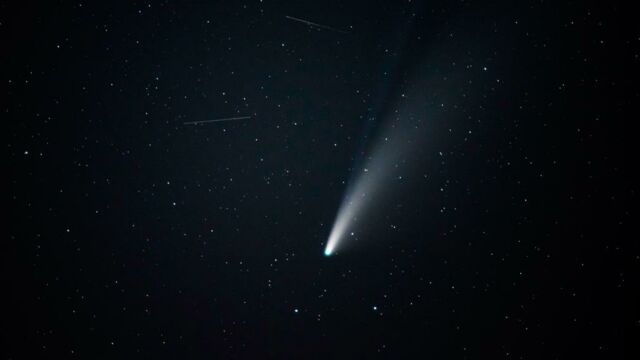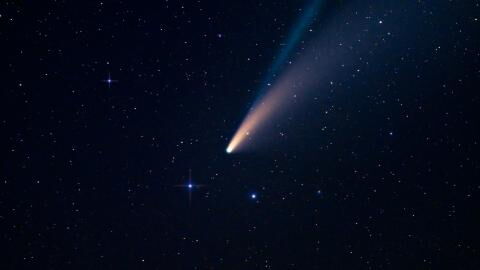This year’s sky has been incredible for astronomers so far. First with the Eta Lyrids, the Eta Aquariids and the Tau-Herculids and Bootids meteor showers, as well as the various comets that have been coming close to Earth. Now another comet will be seen in the sky.
Discover our latest podcast
Tracked since 2017
The comet in question is known as C/2017 K2. According to Newsweek, scientists have been tracking the comet since they first noticed it in 2017.
When it was first discovered, the comet was 1.5 billion miles away and scientists estimated it was around 12 miles across. The comet had also created an 80,000-mile-wide cloud of gas and smoke.
Scientists believe the comet came from the Oort Cloud, which is a ‘colossal sphere of icy objects that orbit our sun far out past even the most distant planets in our solar system’.
Enormous Comet Has Entered Our Inner Solar System, Heading Towards Earth https://t.co/y03SJAfIKL
— Laurence Tribe (@tribelaw) July 1, 2022
Visible in July
So far, the comet has passed the orbits of Neptune, Uranus, Saturn and Jupiter as reported by Newsweek.
According to SpaceWeather.com, the comet has now entered our inner solar system. The comet will pass the Earth at its closest point on July 14. Given its distance, the comet will not be visible to the naked eye but you can get a glimpse of the spatial wonder by using a telescope. EarthSky says:
Observers using a small telescope (preferably from a dark-sky site) should be able to see a diffuse or fuzzy patch of light (the coma) around the nucleus of comet C/2017 K2.
Read more:
⋙ UFOs: The terrifying revelations of the first British astronaut
⋙ Astronomy: Beginner's guide to get started
⋙ This viral video shows the moon dangerously close to the North Pole, but is it real?















